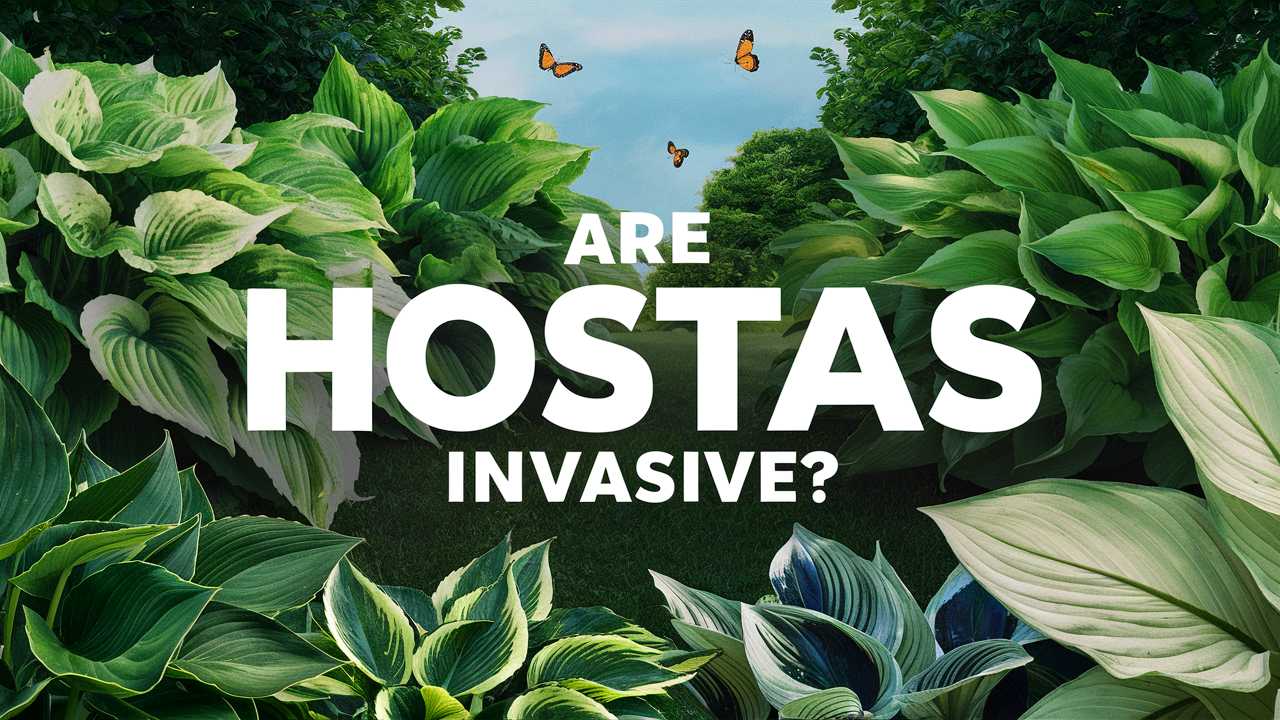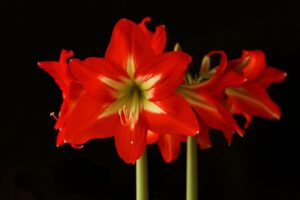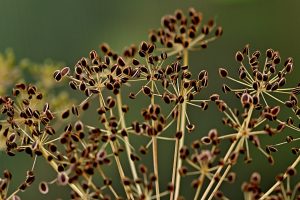Below we’ll dig into the complexities of hostas, exploring their growth habits, ecological impacts, and management techniques to help you make informed decisions.
Hostas and Their Growth Habits
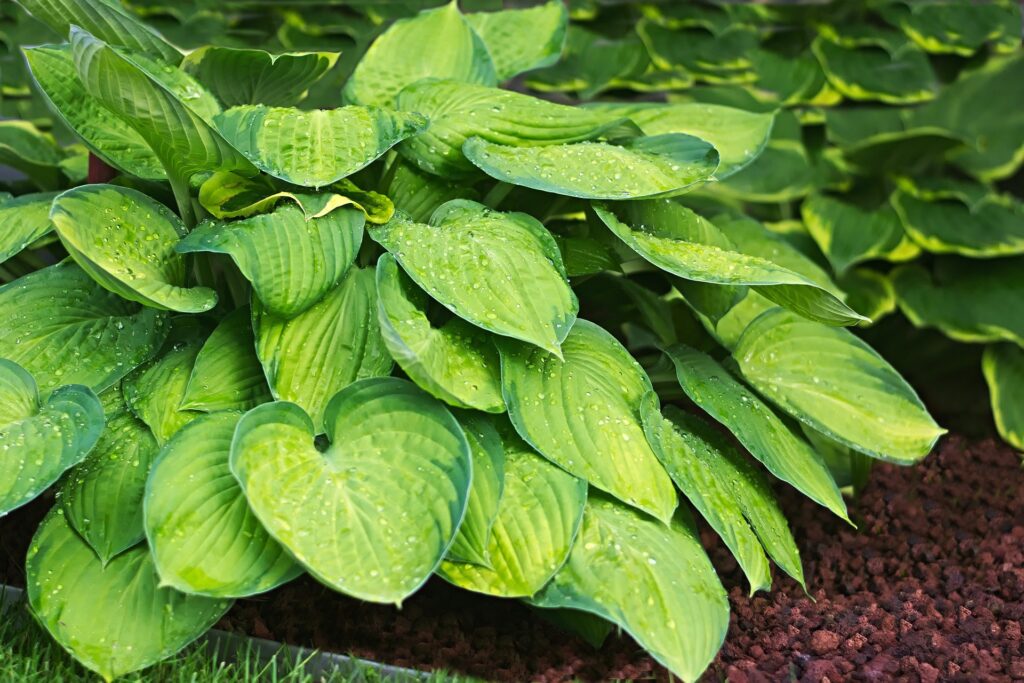
Hostas are renowned for their vigorous growth. If you’ve ever planted hostas, you know how quickly they can fill in a garden gap. The plants typically spread through underground rhizomes, which allow them to establish new shoots over time. This adaptability enables them to thrive in various soil types and moisture conditions, contributing to their widespread popularity.
However, this aggressive growth can lead many to question whether hostas are indeed invasive. To address this, we must first clarify the distinction between “invasive” and “non-invasive” species. Generally speaking, an invasive species is one that spreads aggressively outside its native range, often disrupting local ecosystems. While hostas do spread, their invasiveness is context-dependent.
Are Hostas Considered Invasive?
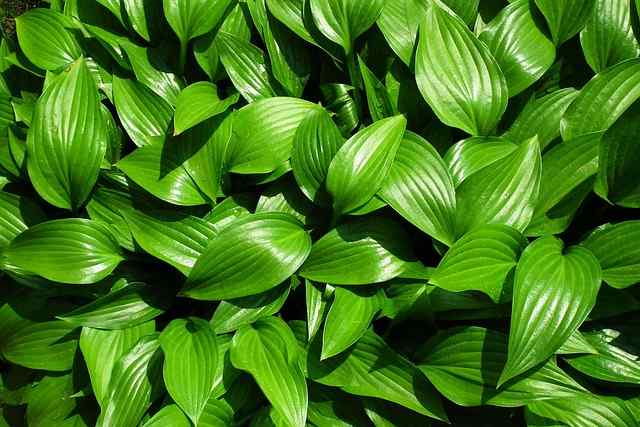
The short answer is: it depends. Hostas can indeed behave invasively in certain situations, particularly in gardens or ecosystems that lack their natural predators or controls. In some regions, especially in the northern United States and Canada, hostas can spread rapidly and outcompete native plants. This erosion of local flora can lead to decreased biodiversity and altered habitats.
One of the most significant aspects influencing their behavior is the local climate and soil conditions. Hostas thrive in areas with rich, moist soil and partial to full shade. In environments where these conditions prevail, they may easily outgrow surrounding plants, leaving little room for native species to flourish.
Regionally Specific Concerns
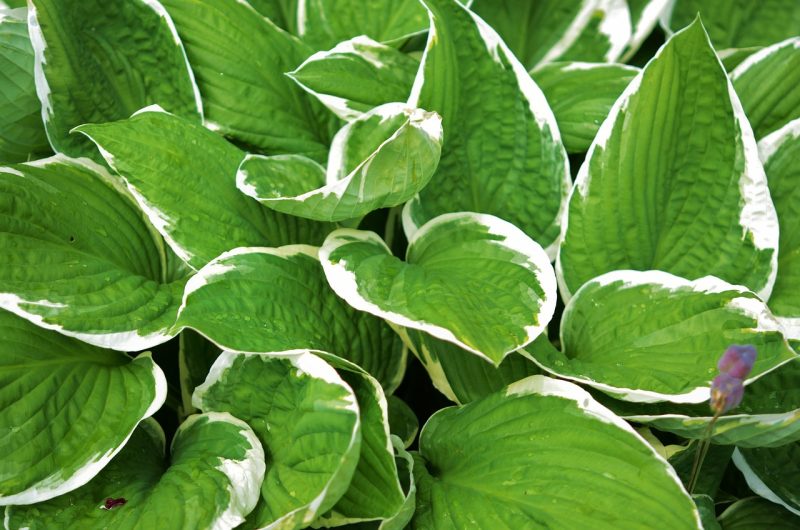
The invasiveness of hostas may also be more pronounced in certain regions. For example, in parts of the Pacific Northwest and Northeast, hostas have been known to encroach upon native plant communities. Various studies indicate that the rapid proliferation of hostas can lead to reduced wildlife habitat availability, impacting everything from insects to birds.
However, it’s crucial to note that hostas do not exhibit the same level of invasiveness as other notorious offenders like Japanese knotweed or purple loosestrife. In many cases, hostas won’t spread uncontrollably unless left unchecked. Thus, gardeners should approach hosta planting with an understanding of their local ecosystem, considering potential interactions with native wildlife and plant life.
Managing Hostas: Tips for Responsible Gardening
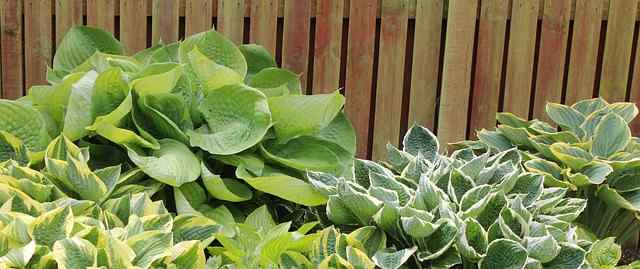
If you’re already a hosta enthusiast, or if you’re considering introducing these beautiful plants to your garden, you might be wondering how to enjoy them responsibly. Here are some strategies to manage hostas effectively while minimizing their ecological impact:
1. Monitor Your Hostas
Routine monitoring is essential for responsible gardening. Keep an eye on how your hostas are growing and spreading. Occasionally, you may notice they are pushing out other plants or covering areas not intended for them. If you see this occurring, it might be time to intervene.
2. Divide and Conquer
One of the best ways to manage hosta growth is through division. Hostas can be easily divided every three to five years, allowing you to control their spread while also creating new plants for your garden or to share with friends. This strategy not only maintains a balanced garden but also promotes healthier plants.
3. Use Barriers
If you’re planting hostas in an area where they may outcompete vulnerable native plants, consider using physical barriers. Edging or planting in controlled spaces can restrict their rhizomatic spread, allowing native flora some breathing room.
4. Choose Native Alternatives
Consider choosing native plants that provide similar aesthetics or functionality to hostas. For example, native ferns or wildflowers can offer appealing foliage while enhancing biodiversity in your garden. This practice contributes to the local ecosystem while providing beauty and diversity.
5. Make Informed Choices
When selecting hosta species or cultivars, investigate their growth habits. Some cultivars are known to be more aggressive than others. Researching which varieties are less invasive can help you maintain a healthy balance in your garden.
The Beauty of Biodiversity
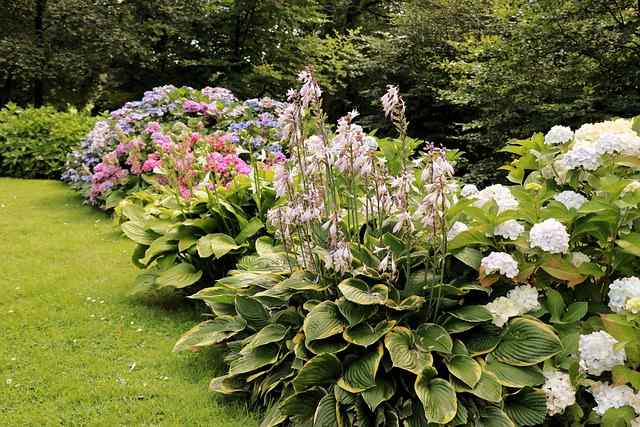
One argument against the use of hostas is that they potentially detract from local biodiversity. When non-native plants take over, they can disrupt the specific relationships between native species, pollinators, and local fauna. On the flip side, hostas contribute valuable attributes such as shade provision and soil erosion control.
In a larger ecological context, the presence of hostas can sometimes support biodiversity. For instance, the flowers of certain hosta varieties attract bees and other pollinators, contributing to their survival in urban gardens where native plant resources may be limited. Still, it’s essential to strike a balance, ensuring that hostas complement rather than overshadow local flora.
Community Efforts and Regulations
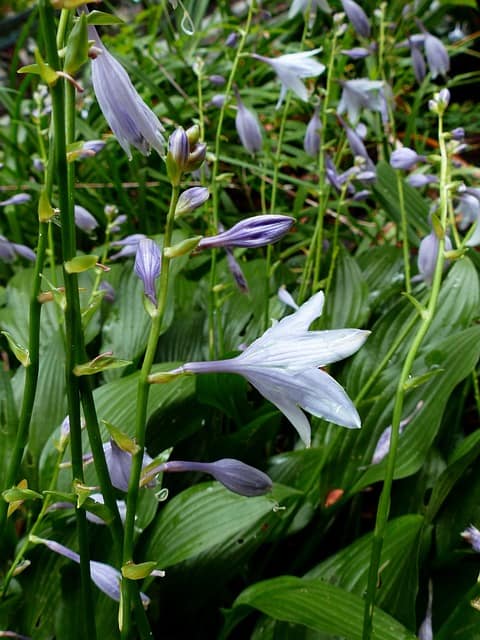
In some regions, gardeners and environmental organizations have started grassroots campaigns to manage the proliferation of hostas and other non-native species. Some municipalities even have specific regulations governing the planting and maintenance of certain non-natives, including hostas. Participating in these community efforts can deepen your understanding of local ecosystems while fostering responsible gardening practices.
Become a member of local gardening clubs or community garden initiatives. Engaging with like-minded individuals can provide not only a support network but also a wealth of knowledge about how to cultivate plants, including hostas, responsibly.
Conclusion: Hostas in Moderation
In summary, hostas are cherished for their sophisticated beauty and adaptability but require careful consideration in management practices. The consensus among ecologists is that while hostas can spread aggressively, the degree of their invasiveness largely depends on the local ecosystem and the gardener’s approach. By adopting responsible gardening practices—monitoring growth, dividing plants, using barriers, and choosing native alternatives—gardeners can continue to enjoy the lush beauty of hostas while safeguarding local ecosystems.


